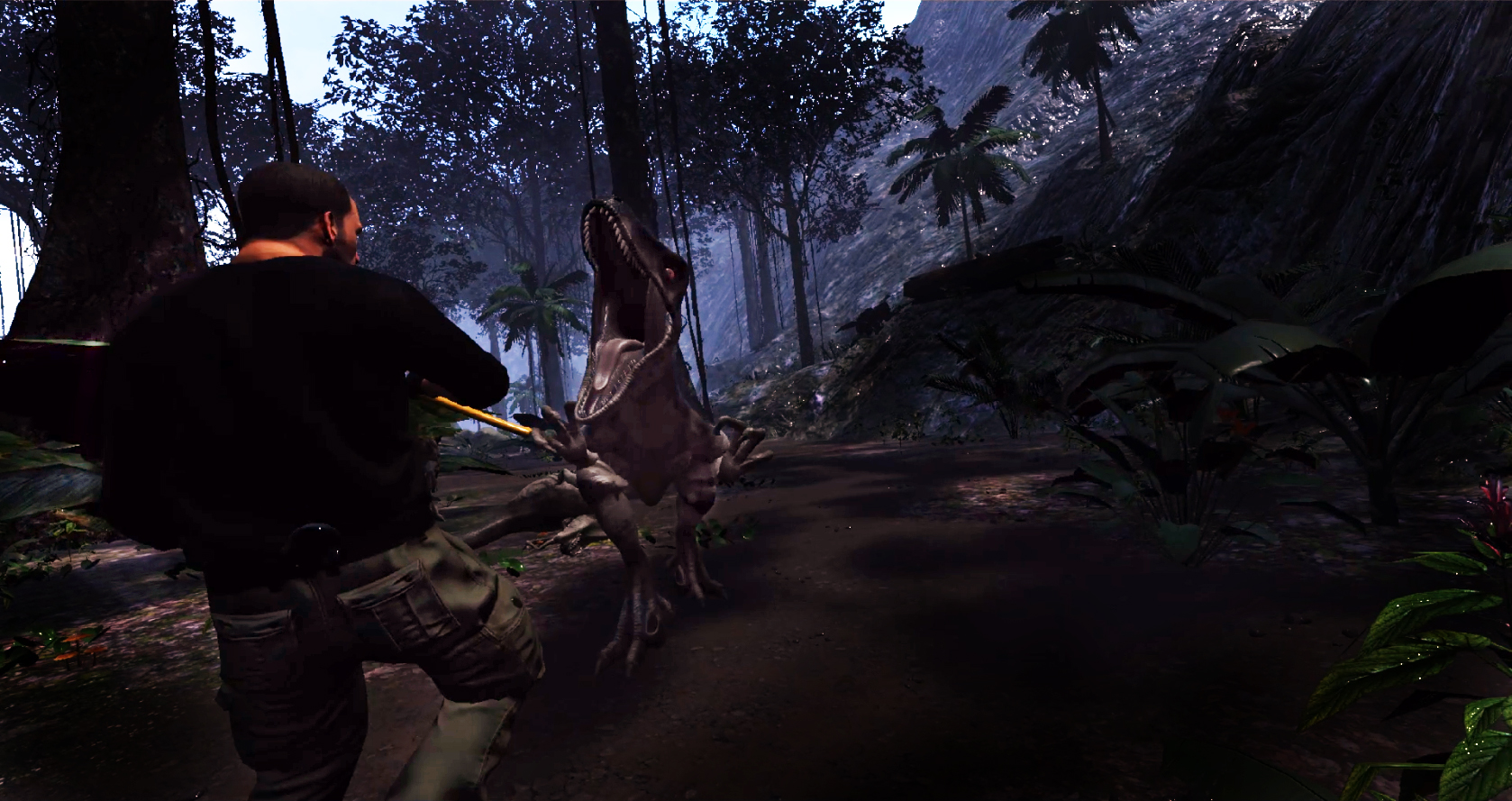When game developer CloudGate Studio got its hands on HTC Vive Tracker peripherals earlier this year, it led to players kicking dinosaurs in virtual reality. It was a fun use case, but the company has much bigger plans for this tech. Its Virtual Self plugin enables developers to use one to three Trackers to provide full-body motion-capture in VR. It will be available to demo in CloudGate’s dinosaur survival game Island 359 on December 1, and at a later date, the plugin will launch for Unreal Engine 4, with a Unity version plugin to come.
Virtual Self coincides with HTC’s announcement that players can purchase Trackers for $100 each starting today. The Tracker can turn anything into a VR peripheral. Attaching one to a tennis racquet or baseball bat will turn that object into a controller for a round of immersive sports indoors. Starting in March, developers could buy Trackers to begin experimenting with them.

Unlock premium content and VIP community perks with GB M A X!
Join now to enjoy our free and premium membership perks.
![]()

![]()